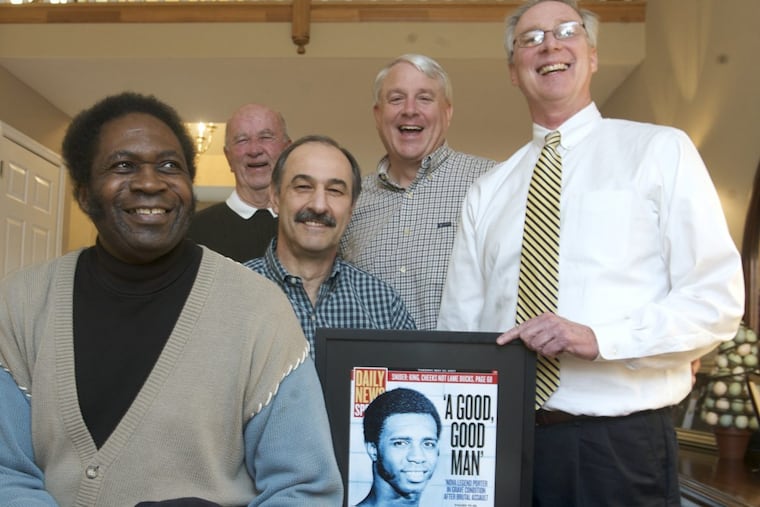A 1968 Villanova-Kansas meeting was Wildcats' launch pad
While many factors contributed to this blossoming, the biggest catalyst was a gifted 6-8 forward from an all-black high school in Sarasota, Fla., who arrived at Villanova in the fall of 1967. Howard Porter, the Daily News gushed at the time, was "the greatest front-court prospect in Big Five history."
